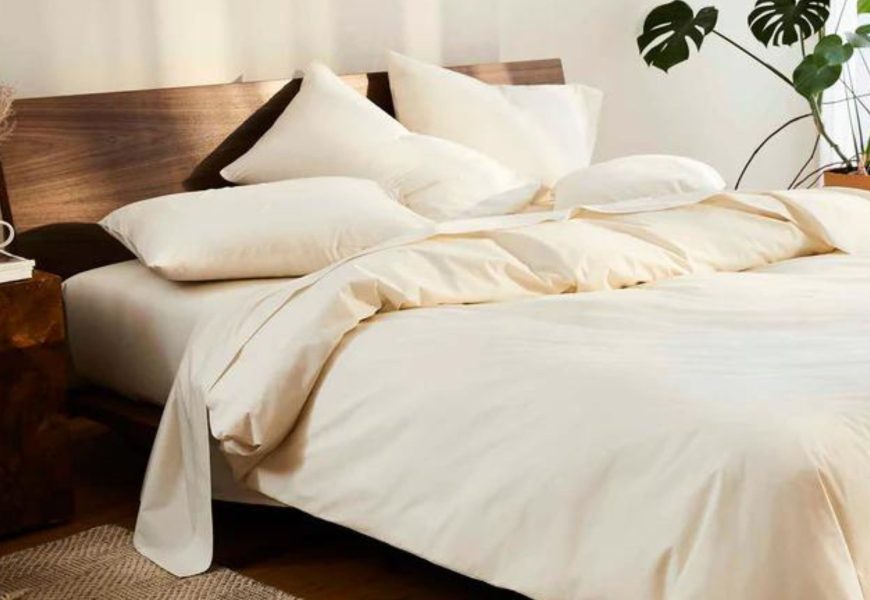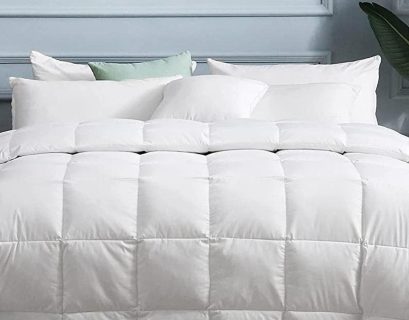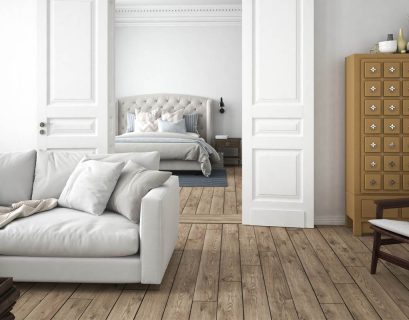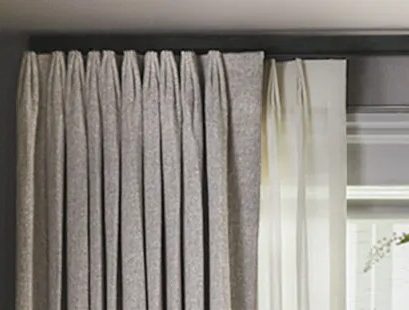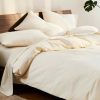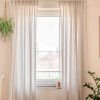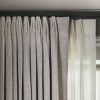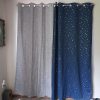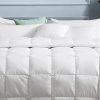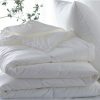When it comes to selecting bed sheets, the term “thread count” often takes center stage. Thread count is a key factor that many shoppers consider, but understanding its significance and finding the right balance can be a bit perplexing. In this comprehensive guide, we will delve into the thread count conundrum, exploring what thread count means, its impact on the feel and quality of bed sheets, and how to make an informed decision when choosing the right thread count for your bed linens.
Understanding Thread Count:
Thread count refers to the number of threads woven into one square inch of fabric—counting both lengthwise (warp) and widthwise (weft) threads. In theory, a higher thread count indicates a smoother, softer, and more luxurious fabric. However, the relationship between thread count and sheet quality is not as straightforward as it may seem.
The Myth of Higher Thread Count:
While a higher thread count has traditionally been associated with better quality, it’s essential to dispel the myth that a higher thread count always equates to superior sheets. Some manufacturers use multi-ply yarns or add extra threads to inflate the thread count without necessarily improving the quality of the fabric. As a result, a focus solely on thread count may not guarantee the softness or durability you desire.
Factors Influencing Sheet Quality:
To choose the right bed sheet thread count, it’s crucial to consider various factors beyond the thread count number. Here are key elements that influence sheet quality:
- Fiber Quality: The type of fibers used in the fabric significantly impacts the overall quality of bed sheets. Cotton is a popular choice due to its natural breathability and comfort. Long-staple cotton, such as Egyptian or Pima cotton, is known for producing smoother and more durable threads, contributing to a luxurious feel.
- Weave Type: The weave style affects how the threads are intertwined, influencing the texture and durability of the sheets. Common weave types include percale, sateen, and twill. Percale has a crisp, matte finish, while sateen has a smoother, silkier surface. Twill weaves often result in a soft and pliable fabric.
- Ply: Ply refers to the number of yarns twisted together to make a single thread. Single-ply sheets use one yarn, offering a lightweight and breathable feel. Multi-ply sheets, on the other hand, combine multiple yarns, which can contribute to a thicker fabric. Both single- and multi-ply sheets can be of high quality; it depends on the specific preferences of the sleeper.
Choosing the Right Thread Count:
Now that we understand the broader context, let’s explore how to choose the right thread count for your bed sheets based on your preferences and needs:
- 200 to 400 Thread Count:
- Feel: Light and crisp.
- Benefits: Breathable and suitable for warmer climates.
- Ideal for: Those who prefer a cooler and more breathable sheet.
- 400 to 600 Thread Count:
- Feel: Softer with a smoother finish.
- Benefits: Balances softness and breathability.
- Ideal for: Sleepers looking for a balance between luxury and comfort.
- 600 to 800 Thread Count:
- Feel: Smooth and luxurious.
- Benefits: Increased durability and a more substantial feel.
- Ideal for: Those seeking a luxurious feel with added durability.
- 800+ Thread Count:
- Feel: Ultra-soft and opulent.
- Benefits: Maximum softness and a heavier drape.
- Ideal for: Sleepers who prioritize an incredibly luxurious and substantial feel.
Consider Your Sleeping Preferences:
- Temperature Preference:
- If you tend to sleep hot, a lower thread count (200-400) with a breathable weave like percale might be more suitable.
- If you prefer warmth and a smoother feel, a mid-range thread count (400-600) in a sateen weave could be a good compromise.
- Texture Preference:
- If you enjoy a crisp and matte texture, percale sheets with a lower thread count are an excellent choice.
- For a smoother and silkier texture, opt for sateen sheets with a higher thread count (600+).
- Durability Consideration:
- Higher thread count sheets (600+) often have a denser weave, contributing to increased durability. If longevity is a priority, consider sheets in this range.
Budget Considerations:
It’s important to note that higher thread count sheets often come with a higher price tag. While quality is crucial, your budget is also a significant factor. Fortunately, with advancements in textile technology, there are high-quality sheets available in various price ranges. Focus on finding the right balance between thread count, fiber quality, and other factors that contribute to overall sheet quality.
Maintenance and Longevity:
Regardless of the thread count, proper care is essential for maintaining the longevity of your bed sheets. Follow care instructions provided by the manufacturer, which may include guidelines on washing, drying, and ironing. Investing in high-quality sheets and caring for them appropriately will ensure that they remain soft, comfortable, and aesthetically pleasing over time.
Conclusion:
Choosing the right thread count for your bed sheets involves understanding the nuances of fabric quality and personal preferences. While thread count is a crucial factor, it’s just one piece of the puzzle. Consider the type of fibers, weave style, and ply, and weigh your preferences for texture, temperature, and durability.
Ultimately, the ideal thread count varies from person to person. Some may prioritize the crisp feel of percale sheets with a lower thread count, while others may gravitate toward the silky smoothness of high-thread-count sateen sheets. By considering your preferences, sleeping habits, and budget constraints, you can confidently select bed sheets that not only meet your comfort standards but also contribute to a luxurious and restful sleep environment.
